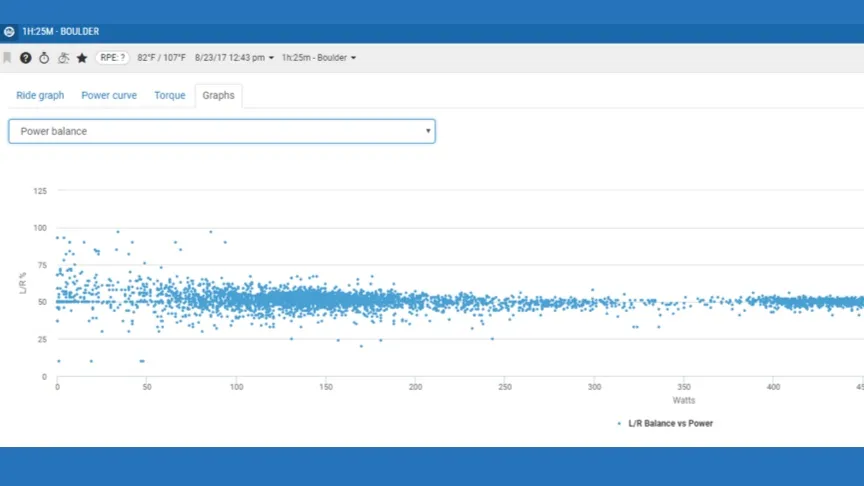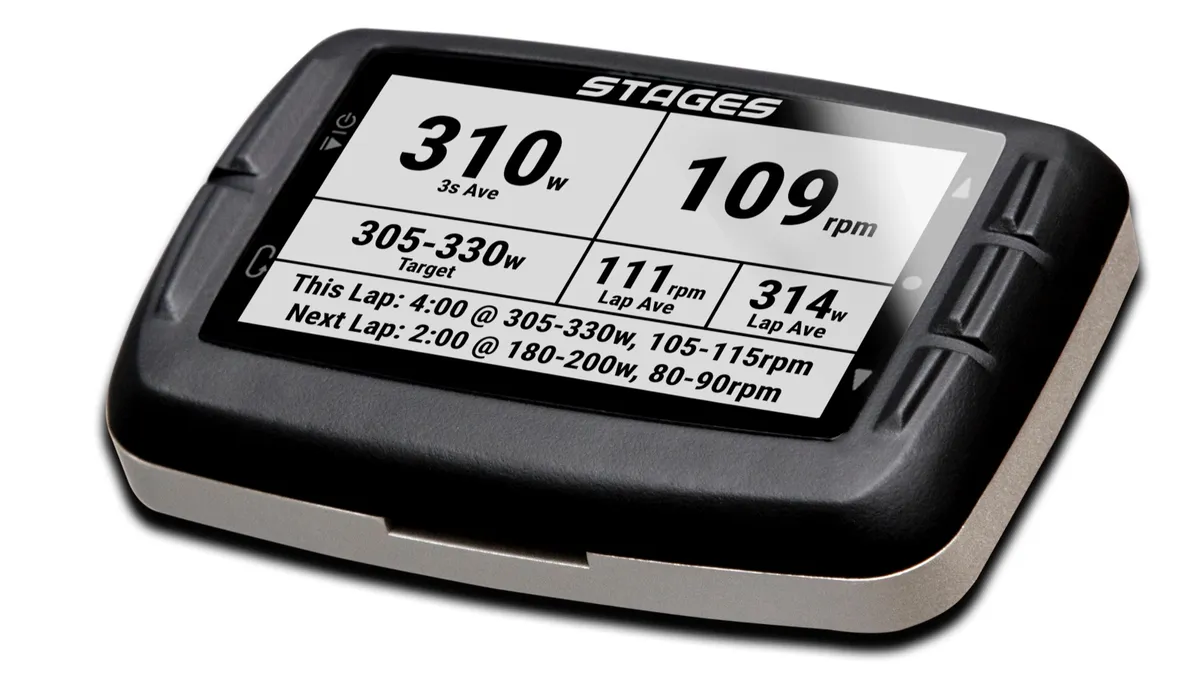After five years of measuring power at the left crank, Stages Cycling will now offer a dual-sided power meter called the Stages Power LR. Chris Froome and Team Sky have been testing and racing with the Power LR for the last two years.
The Stages Power LR for Shimano Dura-Ace 9100 will be available later this year for $1,299 / £1,199 / €1,299. A Power LR for Shimano Ultegra R8000 will be available shortly thereafter for $999 / £949 / €999.
Stages was the first to introduce a single-sided power meter, measuring watts at the left crank and doubling the number. Other companies soon followed with a one-sided design, including Garmin, Pioneer, 4iii and PowerTap.
Positives of this system were — and still are — a relatively accessible price and ease of installation. Some critics argued that measuring power on one leg wasn’t as accurate as measuring total power output.
Even with the introduction of the Power LR, Stages stands by its original position that measuring a single leg’s power is a perfectly legitimate way to train.

“Stages Power LR expands our line and keeps us on the path of our original goal of providing power for every rider,” said Matt Pacocha, Stages Cycling marketing director. “While we don’t think every rider needs this meter, those recovering from injury and those looking for independent left-right accuracy will not find a better tool. We’re also very proud of how proven this product is already; Team Sky has already won two Tours on Stages Power LR.”
Team Sky had been using a different right-crank configuration of the LR meter than the one that will be for sale. The difference is in battery placement; the consumer version has a battery cover that is more easily accessible. Sky was training and racing on a version where the strain gauges and battery where largely covered by the chainrings.
Pacocha said that while Team Sky had initially requested a dual-sided design just to make sure they weren't missing anything, the team has not changed any training methods by going from a one-sided to a dual meter. Like the general cycling public, about 95% of Sky riders were found to generally be very balanced left-to-right, Pacocha said.
"In our years of Sky training and racing with the LR meters, we found that the team appreciates the added resolution of a total power number, but the team has not found marginal gains for training with left/right metrics," he said.
Riders coming back from injury have used the LR to measure progress. Sky's Sergio Henao broke his kneecap in 2004 and used it to return to health.
Stages Power LR works like any Stages meter on ANT+ and Bluetooth Smart.

Claimed accuracy is within +/-2% when at 100w/90rpm. Like other Stages meter, the Power LR features active temperature compensation, so accuracy doesn’t change with the weather.
Claimed battery life is 175 hours from a 2032 coin battery and claimed weight is a 35g addition to the Shimano crankset.
Since the meter is Bluetooth, its firmware can be updated with the Stages Link app.

In related news, Stages just dropped the price of its relatively new Dash GPS computer to $299 / £279. The Dash’s selling points are a user-configurable screen, integration with the Stages Link power-based training software and a Bluetooth/ANT+ connection for meters and other sensors.
The new Dash firmware also provides a compliance score for workouts, rating your overall workout and each interval on a scale of 1-10, in terms of how closely you were able to follow what was prescribed.
The workouts also now auto-advanced for intervals of 60 seconds or less, but still require a button press to advance to longer intervals. The idea is that outdoor training is done in the real world, so users should be able to control the workout around traffic and stoplights and such, instead of the computer just moving along through the workout.
